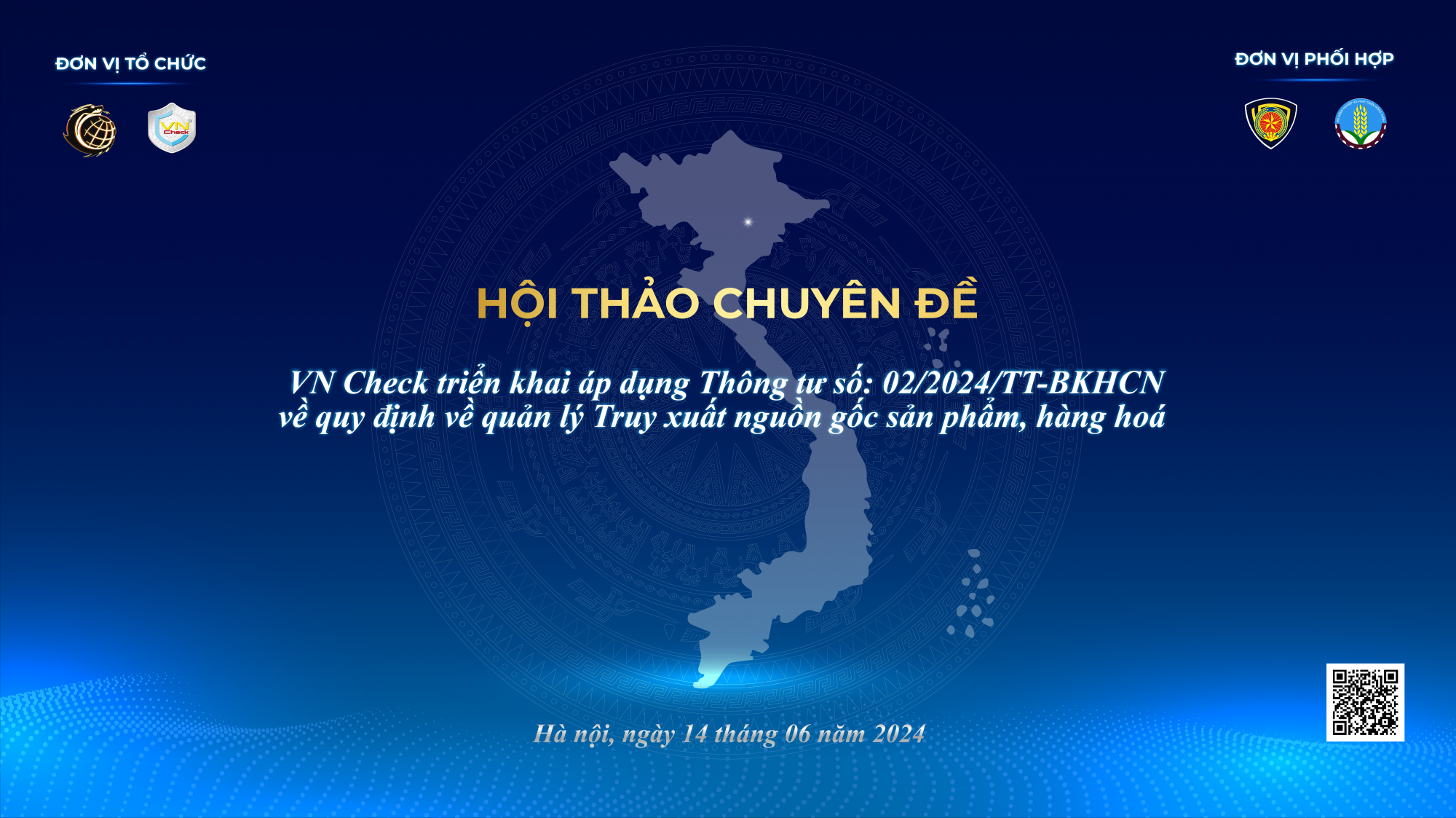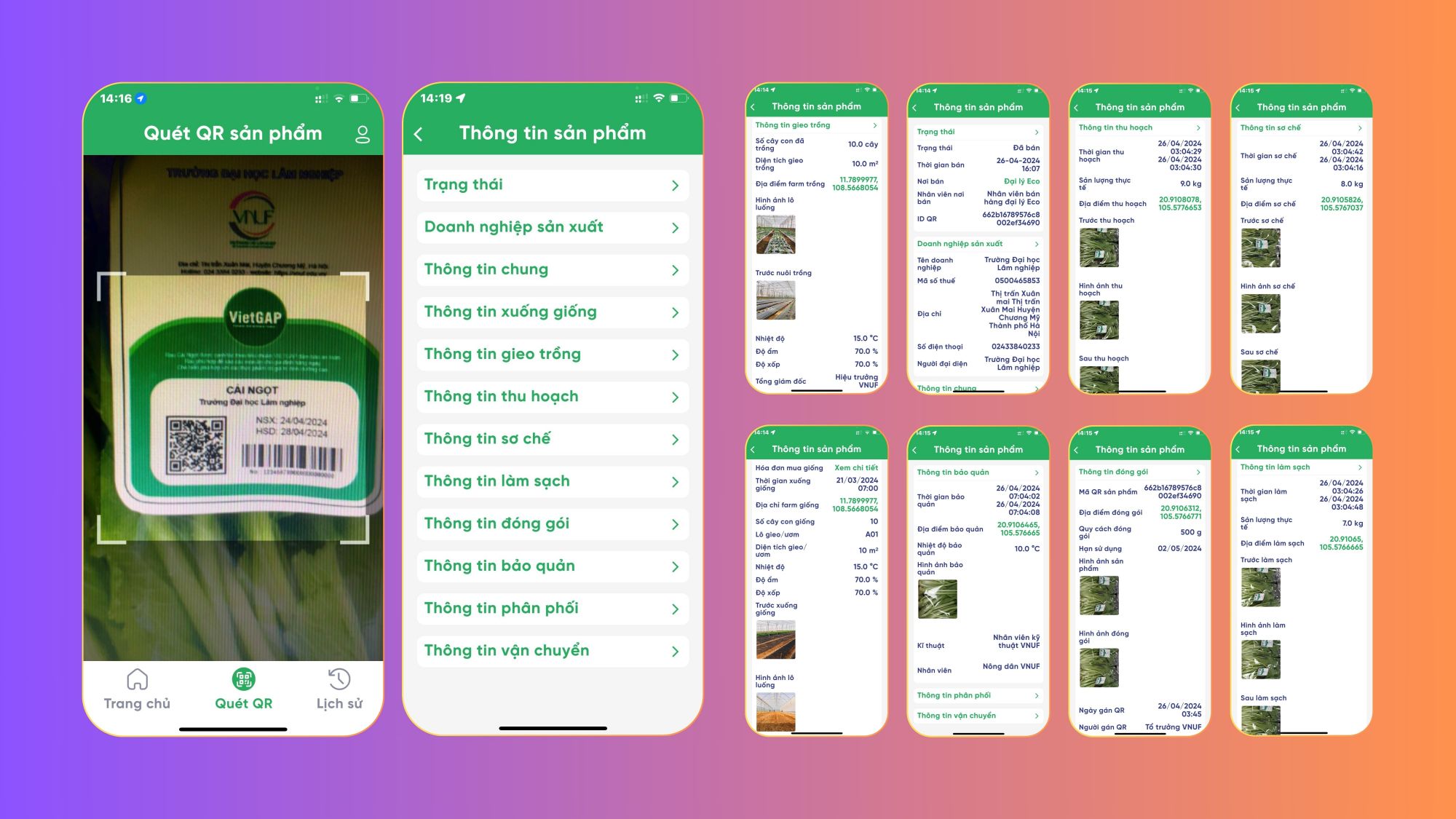What is RFID Technology? Comparing RFID & QR Code from a Supply Chain Management Perspective
RFID (short for Radio Frequency Identification) is a technology that uses electromagnetic fields to automatically identify and track tags attached to objects. How do RFID chips and QR codes differ in terms of data carriers from a supply chain management perspective?
The concept above is quoted from Wikipedia as it provides a general definition. What does this imply?
Firstly, RFID is a technology that uses electromagnetic fields (radio waves) to automatically identify and track tags attached to objects. Radio waves are a type of electromagnetic radiation with wavelengths longer than those of microwaves. Radio waves have frequencies ranging from 3 kHz to 300 GHz, wavelengths from 100,000 km to 1 mm. Like other electromagnetic waves, they travel at the speed of light. Radio waves occur naturally due to lightning or from astronomical objects. Human-made radio waves are used for radar, broadcasting, wireless communication (both mobile and fixed), satellite communication, computer networks, navigation systems, and many other applications.
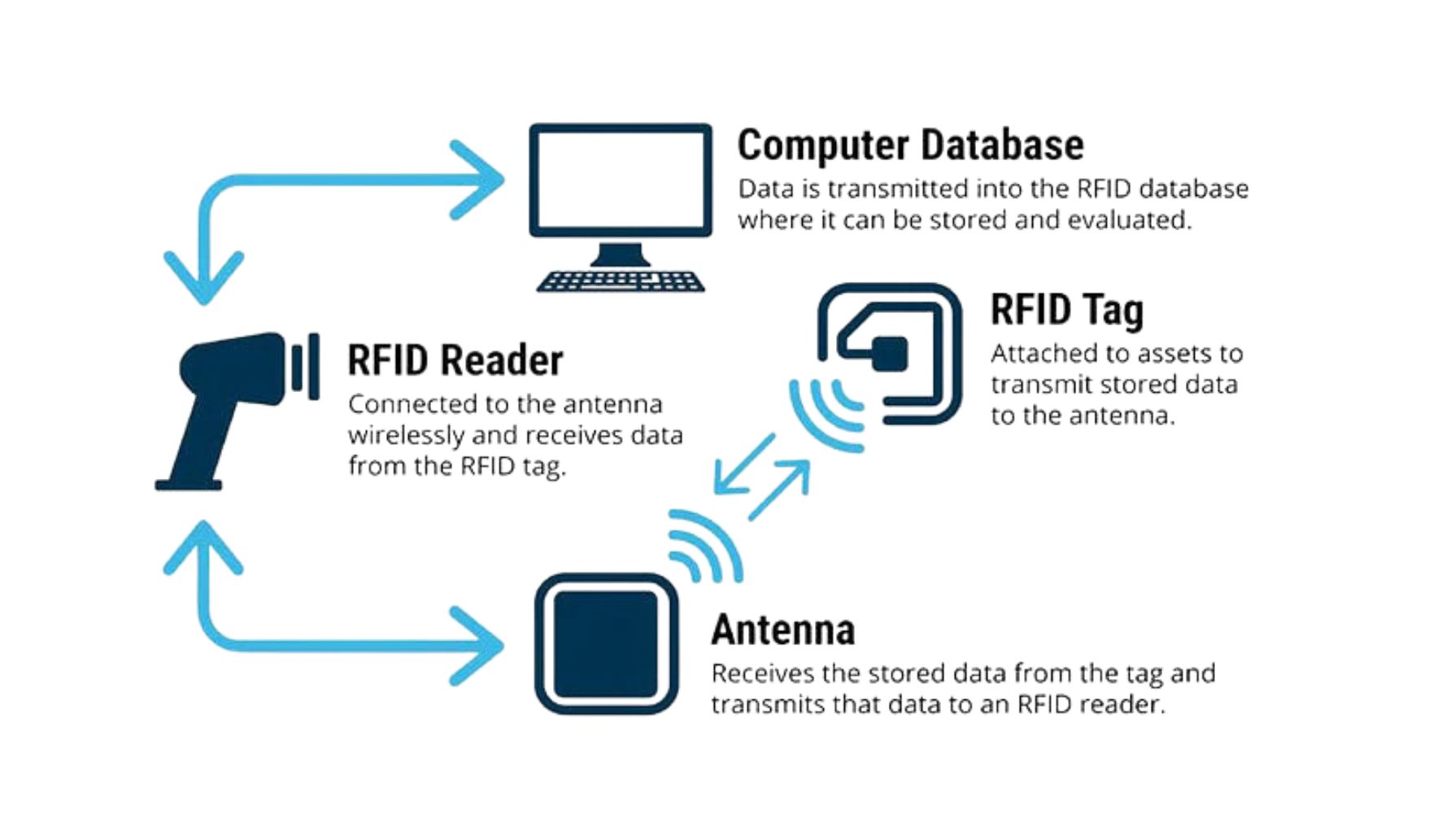
Radio waves were first predicted by a mathematical work published in 1867 by James Clerk Maxwell. Maxwell observed the wave-like properties of light and the similarities in the observations of magnetic and electric fields. He then proposed equations describing light waves and radio waves as electromagnetic waves propagating through space. In 1887, Heinrich Hertz confirmed the accuracy of Maxwell's electromagnetic wave theory by creating radio waves in his laboratory. Soon after, numerous inventions were discovered, leading to the use of radio waves to transmit information through the air.
Thus, in essence, RFID technology is not new; it can be said to be an old technology. RFID tags are widely used in industries. For example, in car manufacturing, an RFID tag attached to a car being assembled can be used to track the entire process on the production line. RFID tags attached to pharmaceuticals assist in tracking them in warehouses. RFID chips implanted in livestock and pets help in animal identification. RFID tags can also be used in store payment processes and to prevent shoplifting.
From the above information, we can see that RFID can be reused, but its application can be complex and costly. It is not suitable for consumer goods, expendables, and low-cost structures. Currently, each RFID chip on the market costs about 3,000 - 15,000 VND, adding to production costs. Another important point is that attaching RFID chips to disposable products is wasteful and has an environmental impact. When production costs rise, prices will increase (or quality will decrease), burdening businesses. This is detrimental for manufacturing companies—customers will leave you.
Secondly, the environmental impact is significant if the RFID chips attached to products are not recovered. This leads to the need for collection and disposal. The only method for disposing of this type of waste is incineration. This incurs additional social costs for collection, sorting, and incineration. The harmful effects of incineration include environmental pollution, climate change, acid rain, and ozone depletion. For human health, it can cause respiratory diseases and skin diseases, and in severe cases, it can lead to respiratory inhibition and even endanger human life.
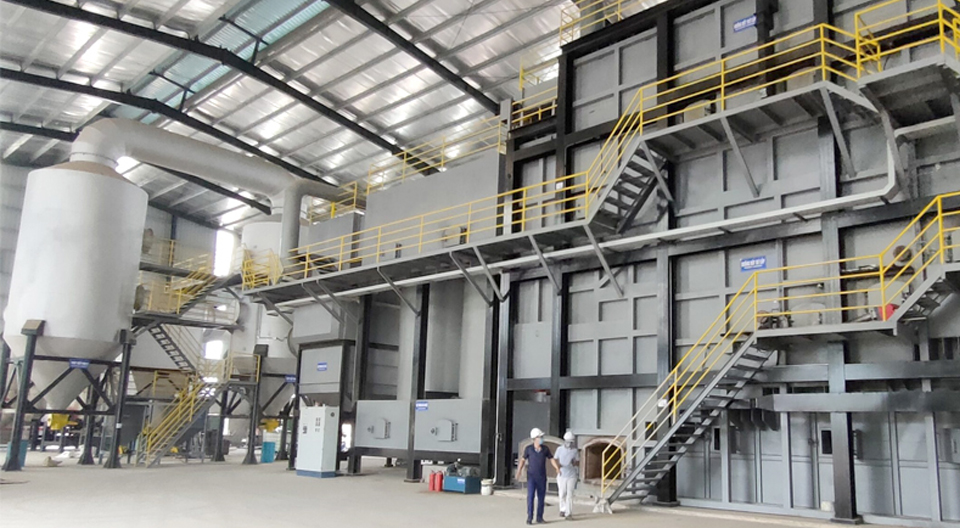
(Illustration: Industrial Waste Incinerator)
Thirdly: The process of manufacturing RFID is complex because it is a material with a defined shape, a solid object. When wanting to process RFID - the data carrier - onto products in the supply chain, it must be continuously attached to the product. This will result in at least three issues that need to be addressed:
1 - Processing RFID onto product labels and packaging: For small businesses, processing RFID chips is relatively complex and costly in terms of investment. This processing will add extra time and production costs for the business.
2 - Inability to manage digital assets: If RFID is not attached to a material, it cannot manage or track products, leading to no commercial value. If used for anti-counterfeiting purposes, RFID cannot fulfill this role.
3 - Combining QR code - the second data carrier: QR code itself is already a data carrier, and adding RFID is certainly unnecessary. This weakness makes RFID technology not the best choice for managing the supply chain of agricultural products and food.
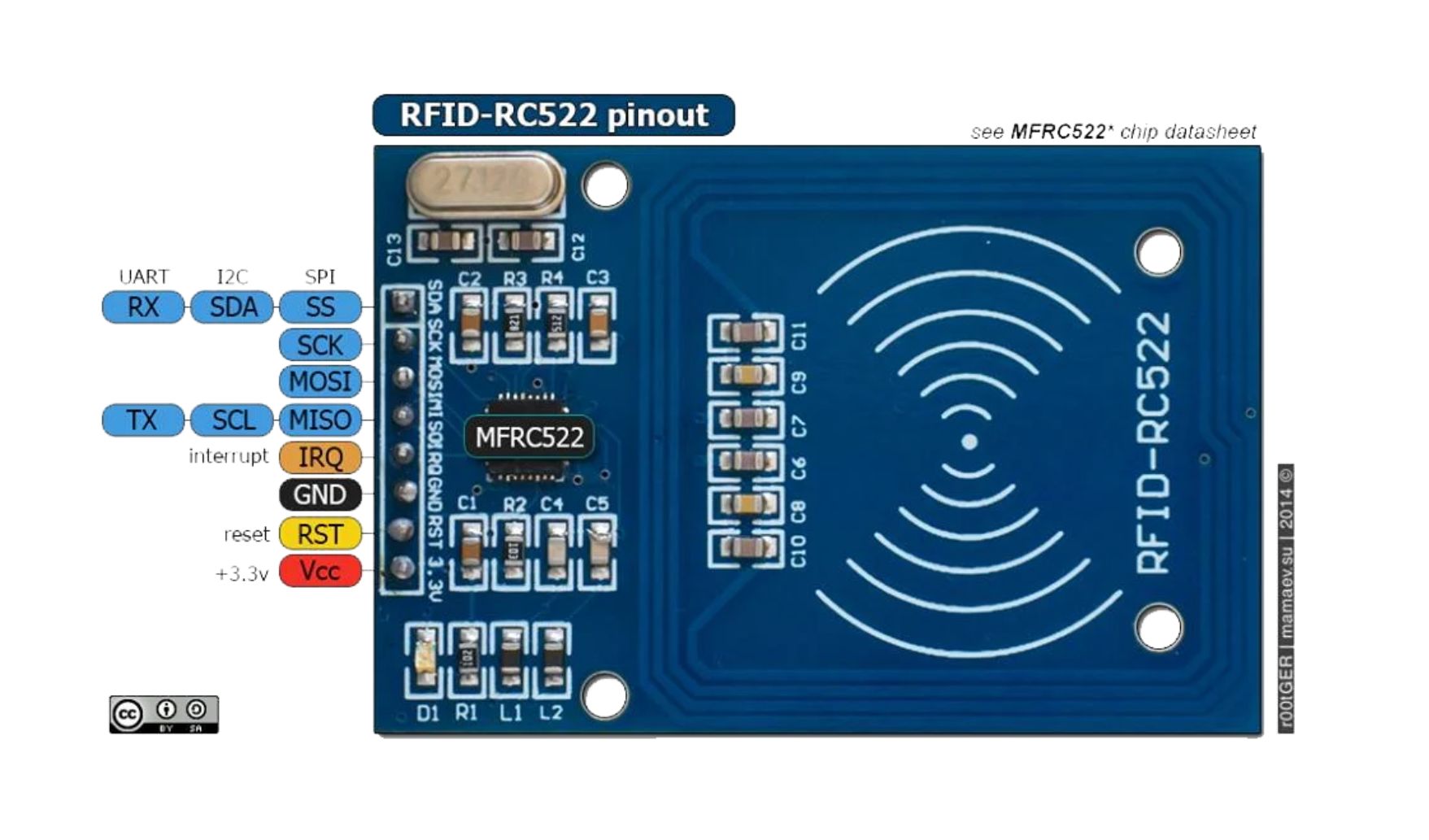 Why QR code?
Why QR code?
QR code (Quick Response code) is a matrix barcode (or two-dimensional barcode) developed by Denso Wave (Japan) in 1994. The term "QR" stands for "Quick Response," as the creator intended for the code to be decoded at high speed. QR codes are most commonly used in Japan and China and are currently the most widely used type of two-dimensional code in Japan. The Japanese standard for QR codes, JIS X 0510, was published in January 1999, and the corresponding International Standard, ISO/IEC 18004, was approved in June 2000.
The QR code system was invented by Denso Wave in 1994, with the main purpose of tracking vehicles during the manufacturing process. It was designed to allow high-speed scanning of parts. Although initial applications were limited to tracking vehicle parts, QR codes are now used in various contexts, including commercial tracking applications and user convenience for mobile phone users. QR codes can display text to the user, add vCard contacts to the user's device, open URLs, write emails or messages, and even make quick electronic payments, especially in China, where almost everyone uses QR code payments. Users can create and print their own QR codes for others to scan and use, allowing access to both paid and free services through QR codes. It has now become one of the most widely used types of two-dimensional barcodes.
Denso Wave has made their QR code open and declared that they will not exercise their patent rights. This means that anyone can create and use QR codes for free.
Are QR codes safe? Attackers can embed a Uniform Resource Locator (URL), commonly known as a malicious web address containing custom malware, into a QR code, which can then steal data from a mobile device when scanned. However, VN Check is an application with a very secure, multi-layered system. Specifically, we only allow limited access to trusted websites certified by competent state authorities—especially reputable traceability systems. Therefore, using VN Check's QR code scanner can be completely assured.
Does the QR code collect my information and data? No! The QR code creation platform does not collect personally identifiable information. The data VN Check collects includes location, the number of times the code is scanned, the time of scanning, and the operating system of the device that scanned the code (iPhone or Android) to determine if you have permission to access the system.
Can anyone hack a QR code? The QR code itself cannot be hacked; security risks related to QR codes stem from the destination of the QR code, not the code itself. Hackers can create malicious QR codes to direct users to fake websites to collect their personal data, such as login information, or even track the geographical location on their phones. This is why mobile device users should only scan codes from trusted senders.
How does a QR code work? The patterns in the QR code represent binary codes that can be interpreted to reveal the data of the code. A QR code reader can identify a standard QR code based on the three large squares outside the QR code. Once these three shapes are identified, the reader knows that everything inside the square is a QR code. The QR reader then analyzes the QR code by breaking down the entire code into a grid. It examines each individual grid cell and assigns each cell a value based on whether it is black or white. It then groups the grid cells to create larger patterns.
What parts does a QR code consist of? A standard QR code can be recognized based on six components:
- Quiet Zone: This is the blank white border around the outside of the QR code. Without this border, the QR reader cannot determine what is and isn’t part of the QR code (due to interference from external elements).
- Finder Pattern: The QR code typically contains three black squares at the bottom left, top left, and top right corners. These squares inform the QR reader that it is viewing a QR code and where the boundaries of the code are.
- Alignment Pattern: This is a smaller square located somewhere near the bottom right corner. It ensures that the QR code can be read even if it is skewed or tilted.
- Timing Pattern: This is an L-shaped line running between the three squares in the finder pattern. The timing pattern helps the reader determine individual grid cells throughout the code and assists in reading damaged QR codes.
- Version Information: This is a small field of information near the top right finder pattern square. This field identifies which version of the QR code is being read (see the article “Types of QR Codes”).
- Data Cells: The rest of the QR code conveys the actual information, such as the URL, phone number, or message contained within.
How to scan a QR code? Most smartphones have a built-in QR scanner, sometimes integrated into the camera. A QR scanner is simply a way to scan QR codes. Some tablets, such as the Apple iPad, have a QR reader integrated into the camera. Some older devices may require a specific app to read QR codes – VN Check is one such app with QR code scanning features, available on the Apple App Store and Google Play.
Scanning a QR code with your device is very simple:
- Open the VN Check Android app or VN Check iOS app installed on your device.
- Point the camera at the QR code – you can point the camera from any angle and still get the necessary information.
- The data will be displayed immediately on the screen (you can review the scan log directly in the app).
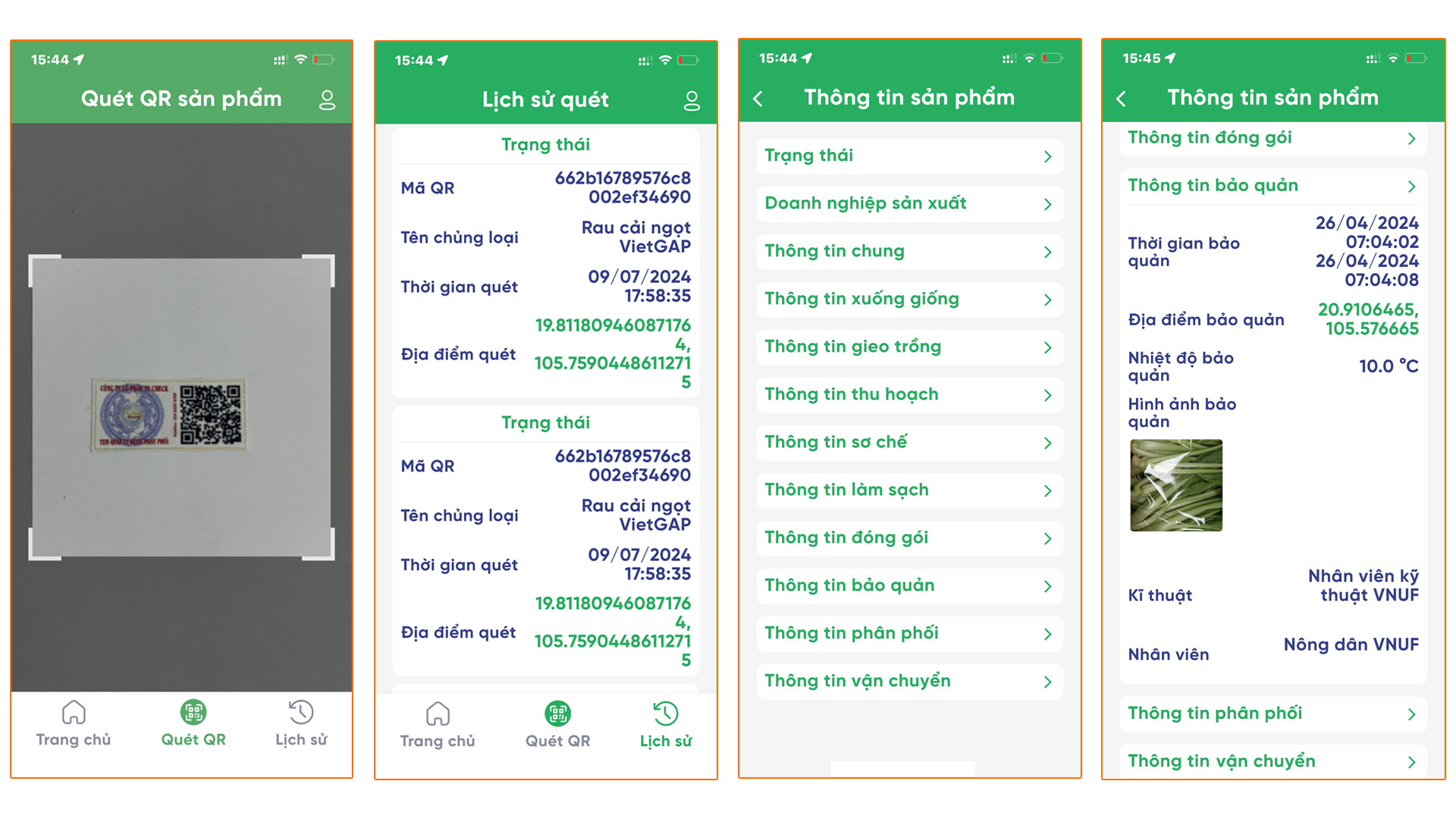
The application of RFID in industrial production cannot be denied. However, researching the applicability of QR codes is extremely interesting and offers many great opportunities because they are very cheap and convenient. In the following article, we will share and further clarify the applications of QR codes in practice and answer the question:
Why does VN Check only use QR codes and not RFID chips?

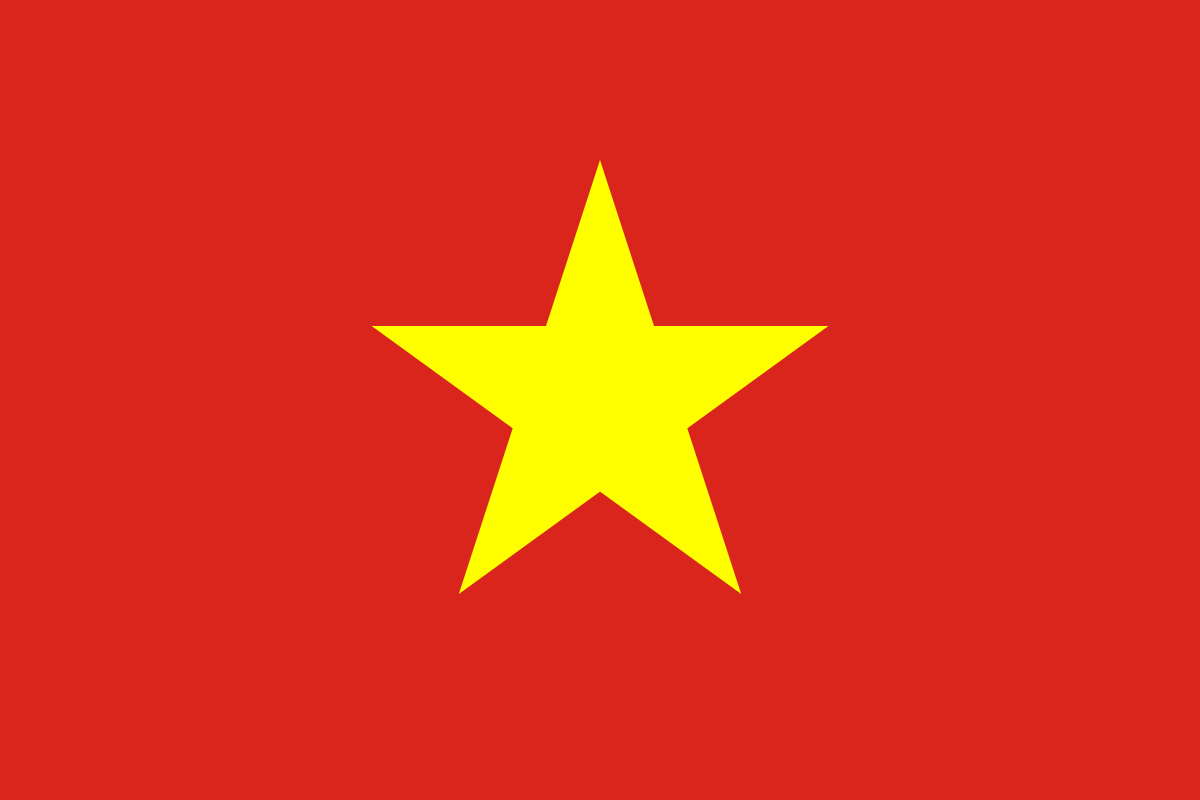

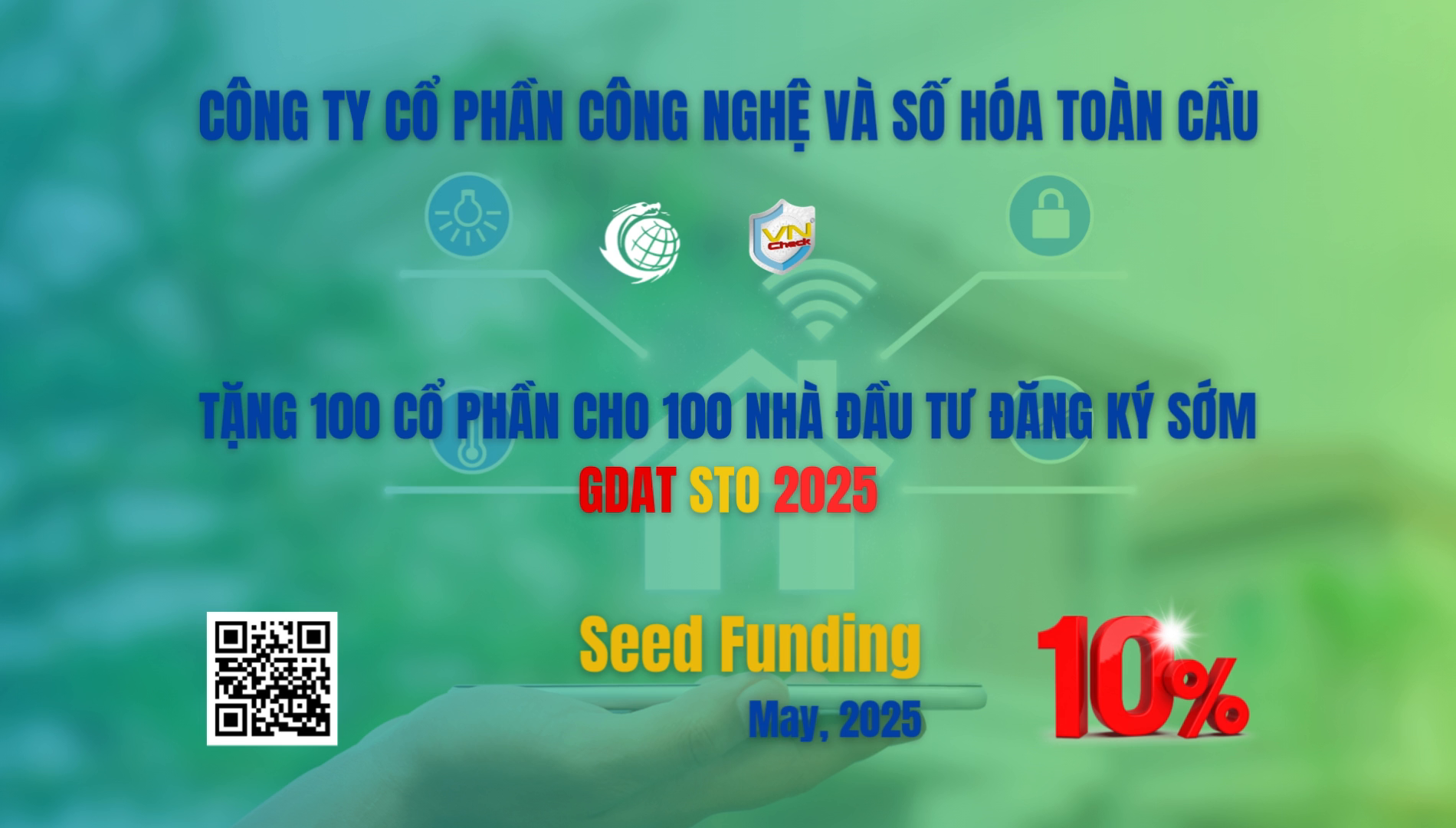
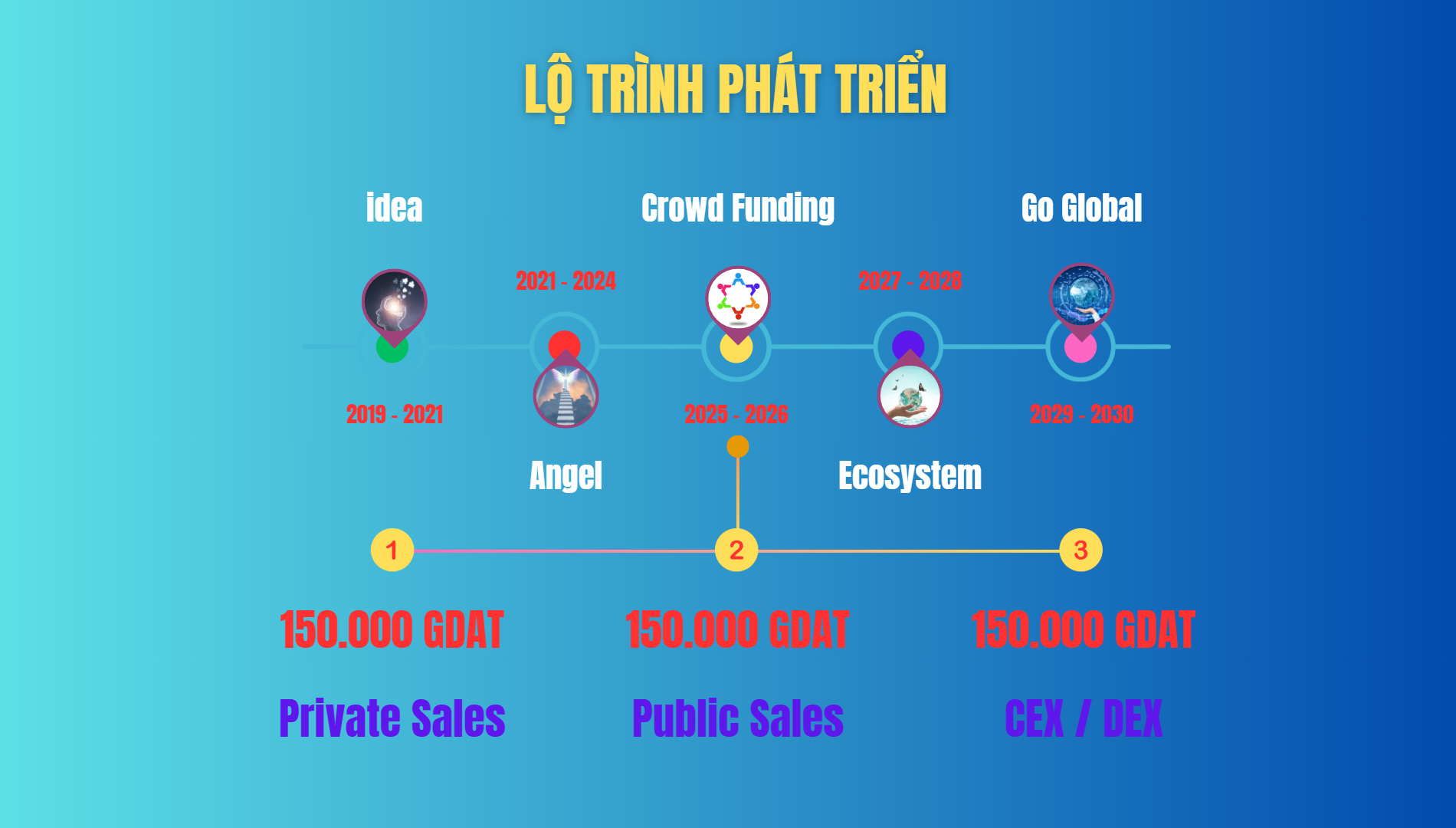


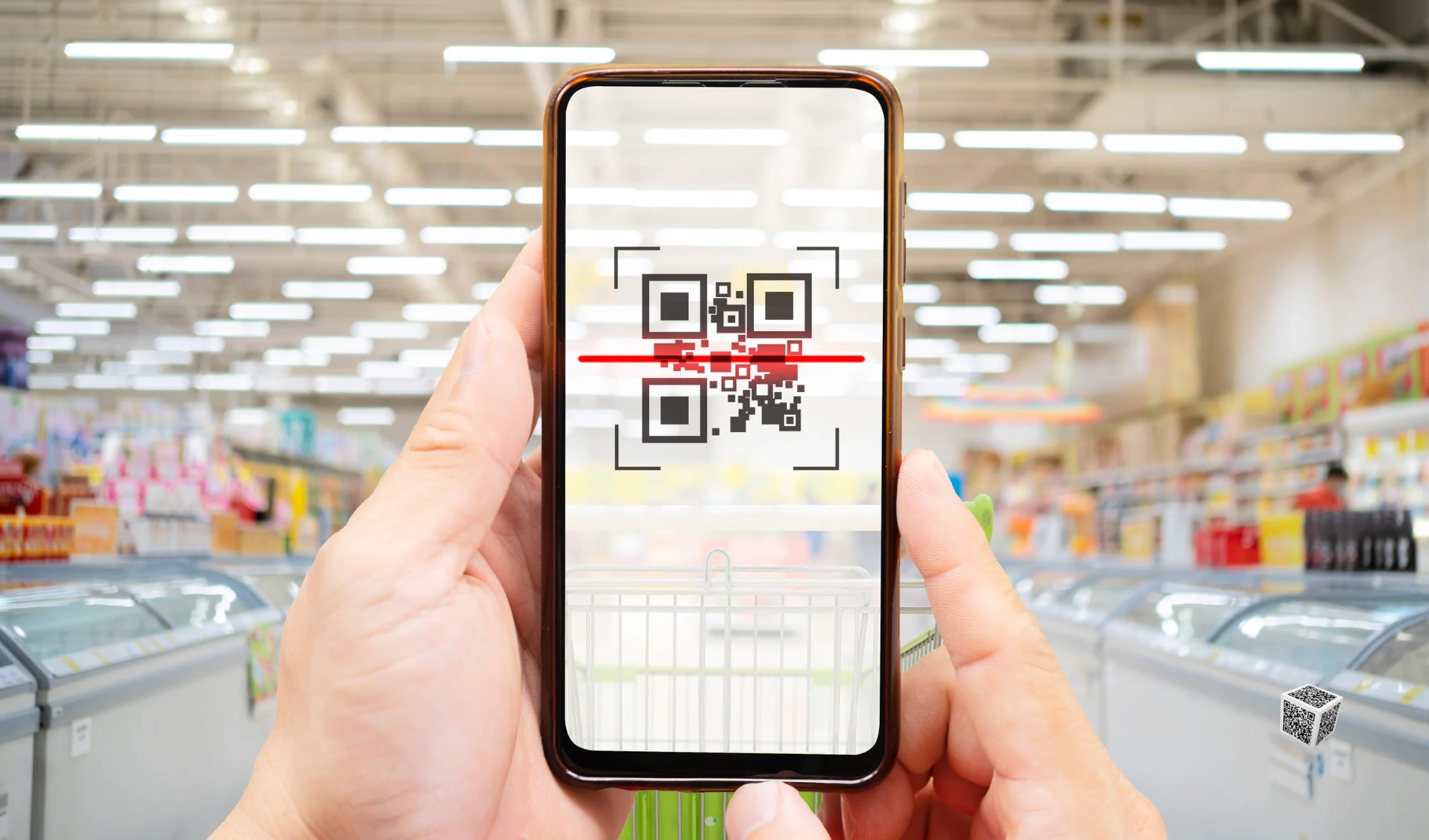
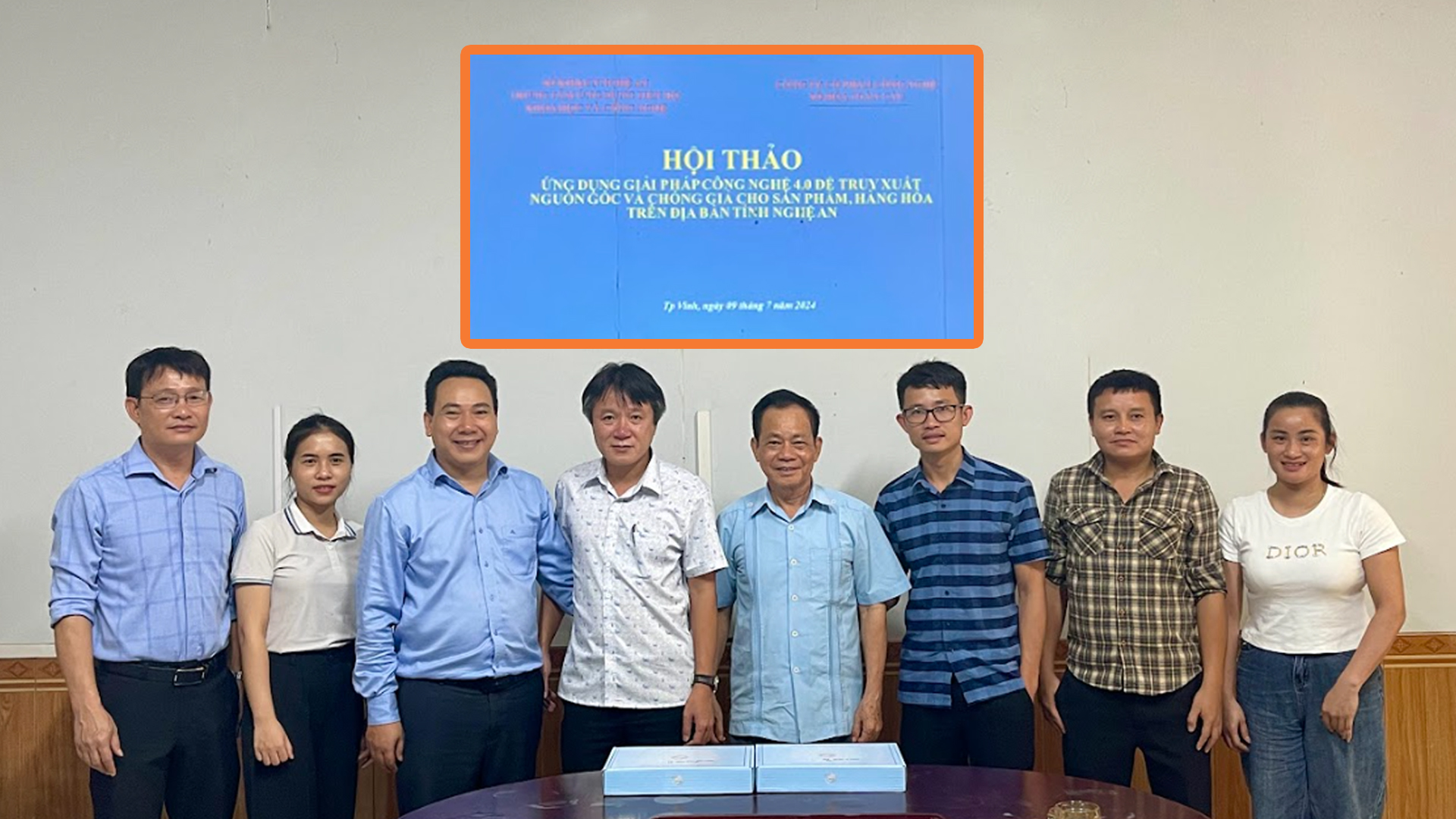
.jpg)
